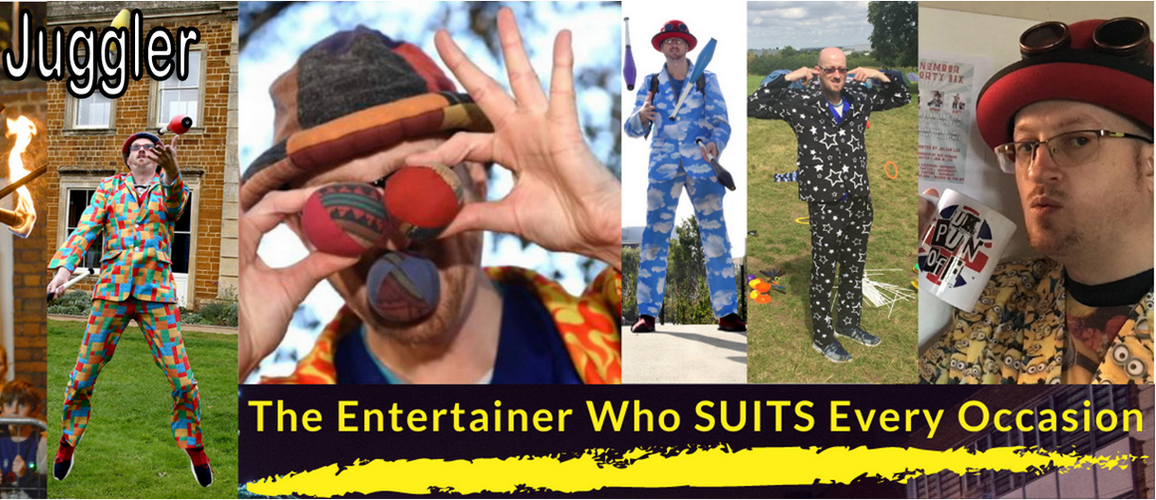It is an easy trick and requires just one simple instruction!
WATCH THE TOP OF THE OBJECT
THAT YOU ARE TRYING TO BALANCE!
The secret to balancing is simply to watch the very top of the object. Watching the object at the base tells you nothing about where it is likely to fall, whereas the top of the object moves around in a much wider arc and gives you much more visual clues which your brain can interpret and co-ordinate with your body to keep the object upright!
SCIENCE BIT! It is actually harder to balance small objects (such as pencils) than large objects (such as broom handles). Tall objects have a higher centre of mass. Basically this means that they will begin falling slowly, giving youmore time to quickly correct your body to keep the object upright. This is good news for you as it means that the audience will think that you are doing something really difficult when you balance a large object, but you are actually making it easier for yourself (don €™t tell them!)
At the British Juggling Convention 2009 in Norwich- the best trick contest (which was entered by some of the worlds best young jugglers) was won by someone who balanced a pen on his nose – so that is how difficult it is!
What can I use to balance?
When teaching young children (aged 3-6yrs) I would use peacock feathers as they are very slow moving in any direction! A balloon on a stick may also be appropriate if you cannot find anywhere that sells peacock feathers! When teaching older pupils, use Juggling clubs (if you have enough for everyone) as they have a good weight distribution. If you have some staffs or broom handles, then these are also really good!
Do not use small objects such as pencils/spoons etc as these are not easy to balance due to their low centre of mass!)
If you can plate spin, you will find that the weight of the plate on the stick makes it easier than when you just try and balance the stick!
*****************************************
FOLLOW / LIKE / SUBSCRIBE / ENJOY!!
![]()
![]()
![]()
![]()
![]()
![]()
You can hire Steve the Juggler aka Stevie Vegas – for more details try…
Juggler for Hire section – (based in the United Kingdom)
*****************************************
Balancing an Object on your Hand
- Your hand should be outstretched, with the palm facing upwards. Best to be standing up as you might need to move around a little at first to keep the object upright!
- Take a juggling club, broom handle, peacock feather or something similar and place the object on the palm of your hand and make sure it is pointing upwards as vertically as possible.
- Gently let go with your other hand so the object is now freely standing upright.
- If you notice the object falling to the left, then move your hand slowly to the left. Whichever direction you can see that the object is falling, move your hand (gently) in that direction to counterbalance.
- When you are balancing an object, what you are basically doing is making sure that it cannot fall in any direction!
Where can I balance an object?
Once you have mastered balancing an object on the palm of your hand, you can try your fingertips (perhaps even slowly passing the object from fingertip to fingertip with a tiny throw). You can also try to balance yourself on one raised foot while balancing an object on your raised foot!
Your chin and forehead are the safest places to balance objects on your head, as objects that are balanced on your nose could slip and fall into your mouth or eye! Keep your mouth shut when you are balancing objects near your face. This will stop anything accidentally falling into your mouth! Make sure that you are in a wide space without anything you can walk into or trip up, as you won’t be able to look around you if you are balancing objects on your head and face!

